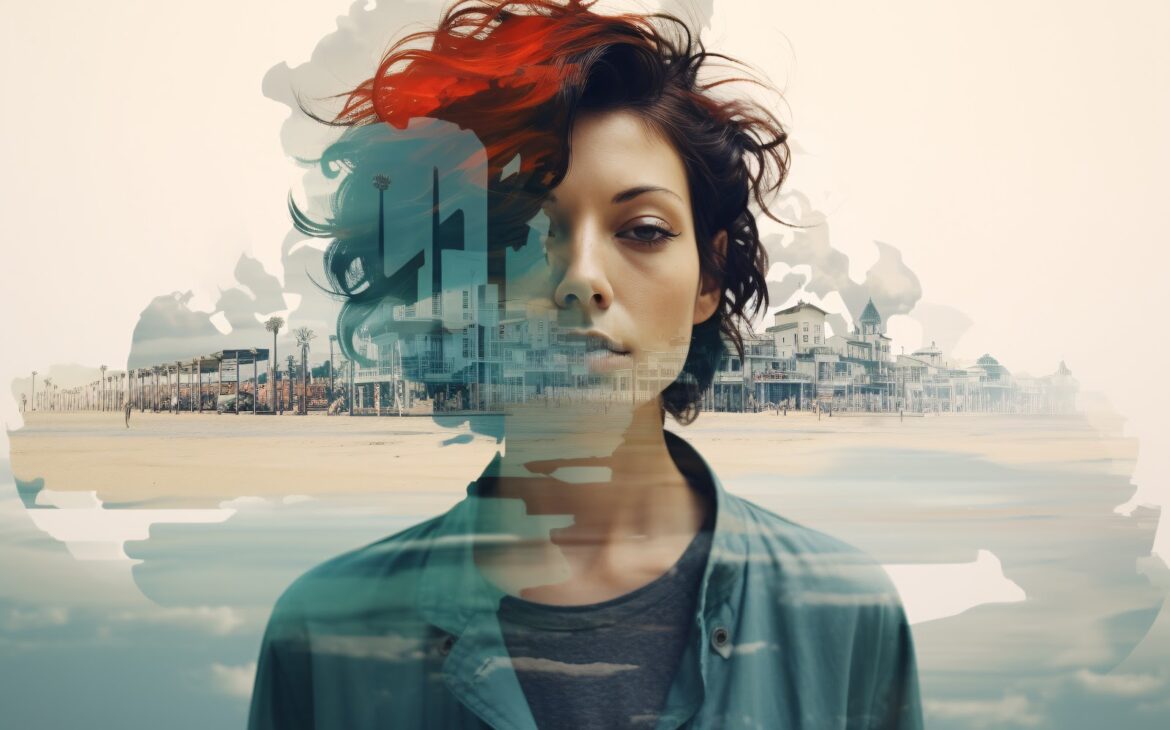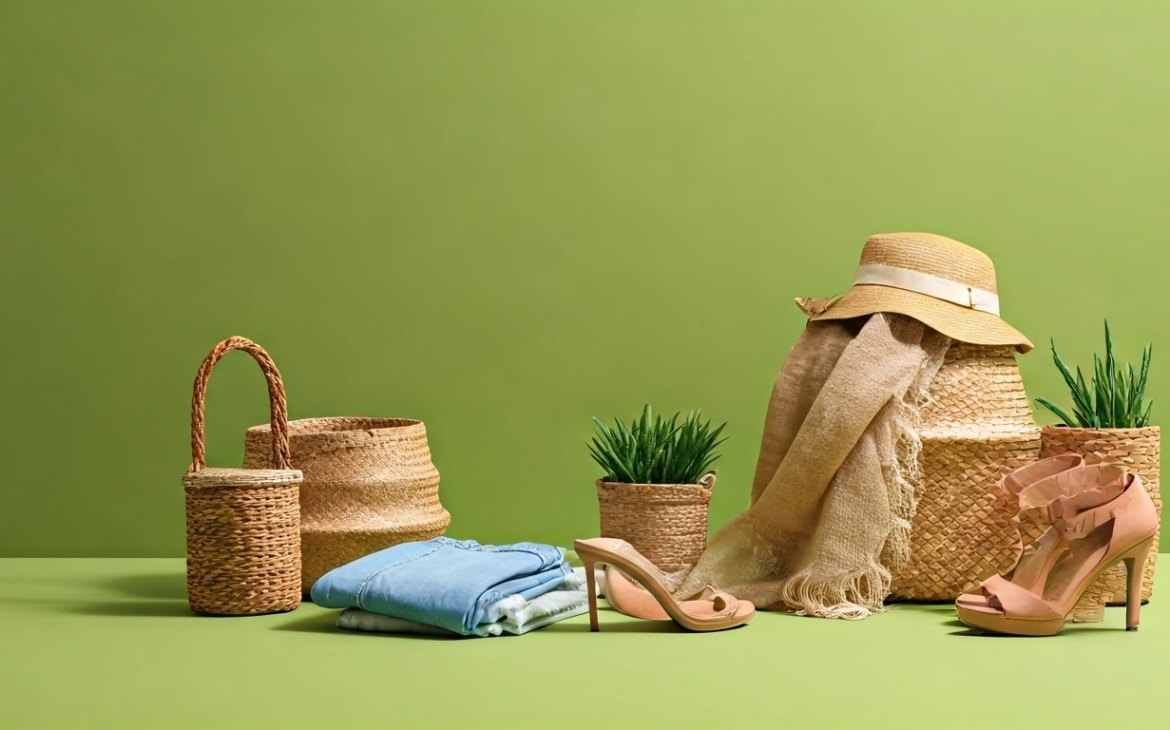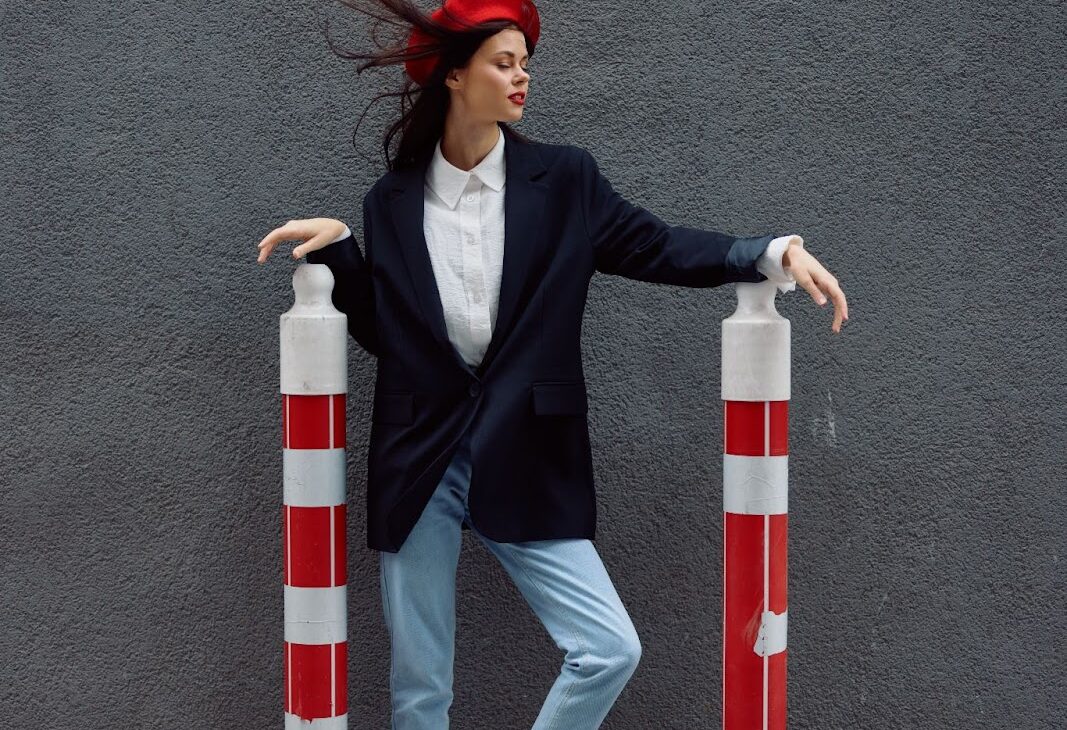Are we standing on the precipice of a new era in modern photography? With the rapid rise of Artificial Intelligence (AI), photographers, artists, and enthusiasts alike are left wondering: Will AI eventually replace traditional photography? This uncertainty sparks both excitement and concern—while some see AI as a tool for limitless creative possibilities, others fear it could undermine the art and profession of photography.
In this blog, we’ll explore the impact of AI on photography, addressing the challenges, opportunities, and what the future might hold for photographers in an AI-driven world.
AI vs Photography: A Detailed Comparison
The integration of AI into photography is revolutionizing the field, offering new tools and possibilities while also raising debates about authenticity, creativity, and artistic value. Here’s a detailed comparison of AI-generated imagery and traditional photography across key aspects:
1. Creativity & Artistic Expression
- Photography: Rooted in human vision, emotion, and storytelling, photography captures real-life moments infused with personal perspectives.
- AI: Generates images based on patterns, data, and algorithms, mimicking artistic styles but lacking true emotional intent.
2. Image Creation Process
- Photography: Requires a physical camera, lighting, composition skills, and post-processing techniques.
- AI: Uses prompts, neural networks, and machine learning to generate images without a camera or real-world elements.
3. Authenticity & Originality
- Photography: Captures reality, preserving genuine moments and unique perspectives.
- AI: Produces synthetic images, often blending pre-existing data rather than creating something entirely original.
4. Speed & Efficiency
- Photography: Involves setup, shooting, editing, and refining, which can be time-consuming.
- AI: Generates images in seconds, making it a fast alternative for content creation.
5. Practical Applications
- Photography: Essential for journalism, events, advertising, and personal memories.
- AI: Ideal for concept art, marketing, and digital design where real-world constraints don’t apply.
6. Ethical Considerations
- Photography: Raises concerns about manipulation, staged images, and digital editing.
- AI: Sparks debates on copyright, deepfakes, and the potential devaluation of traditional photography.
Here is a quick comparison guide to help you understand the key differences between AI-generated imagery and traditional photography:
AI vs Photography: Quick Comparison Table
|
Feature |
Photography |
AI-Generated Imagery |
|
Creativity |
Rooted in human emotion, perspective, and storytelling. |
Algorithm-driven, mimics styles but lacks true intent. |
|
Process |
Requires a camera, lighting, composition, and editing. |
Uses AI models and prompts, no real-world capture needed. |
|
Authenticity |
Captures real moments and unique perspectives. |
Generates synthetic images based on existing data. |
|
Speed |
Time-consuming, involves shooting and post-processing. |
Instant image generation with minimal effort. |
|
Best For |
Journalism, events, portraits, and real-world documentation. |
Concept art, marketing, digital design, and fantasy visuals. |
|
Ethical Concerns |
Issues with digital manipulation and staged photography. |
Raises concerns about copyright, deepfakes, and authenticity. |
What is the Role of AI in Modern Photography?
The rise of AI in photography, like any technological breakthrough, aims to streamline processes and enhance image quality. From automating workflows to generating photorealistic images, AI is becoming a game-changer. But do we truly understand the depth of its influence on this timeless art form? Let’s take a closer look.
How AI Works in Photography
AI uses algorithms to replicate human decision-making in photography. Through machine learning, digital cameras and editing software can adjust settings, enhance images, and even compose shots—tasks once handled by photographers.
By analyzing real photographs, AI learns elements like framing, lighting, and depth of field, automatically optimizing exposure, selecting the best shot, and improving images in post-processing. The result is AI that continuously refines its understanding, producing more sophisticated outcomes.
Key AI Advancements in Photography
AI-driven innovations are reshaping photography in several ways:
- Noise Reduction & Image Enhancement: AI enhances image quality by reducing noise while preserving details, even improving resolution without distortion.
- Automated Editing & Workflow: Tools like Adobe Photoshop use AI for subject selection, object removal, background removal and color adjustments, saving time and effort.
- AI-Generated Images: Platforms like Adobe Firefly create realistic visuals from text prompts, revolutionizing content creation.
- Photorealistic AI Art: AI-generated images are becoming so lifelike that they’re winning photography competitions, blurring the line between human and machine creativity.
As AI continues to evolve, it raises important questions about the future of photography—will it remain an art form shaped by human vision, or is AI poised to take the lead?
How is AI Reshaping Professional Photography?
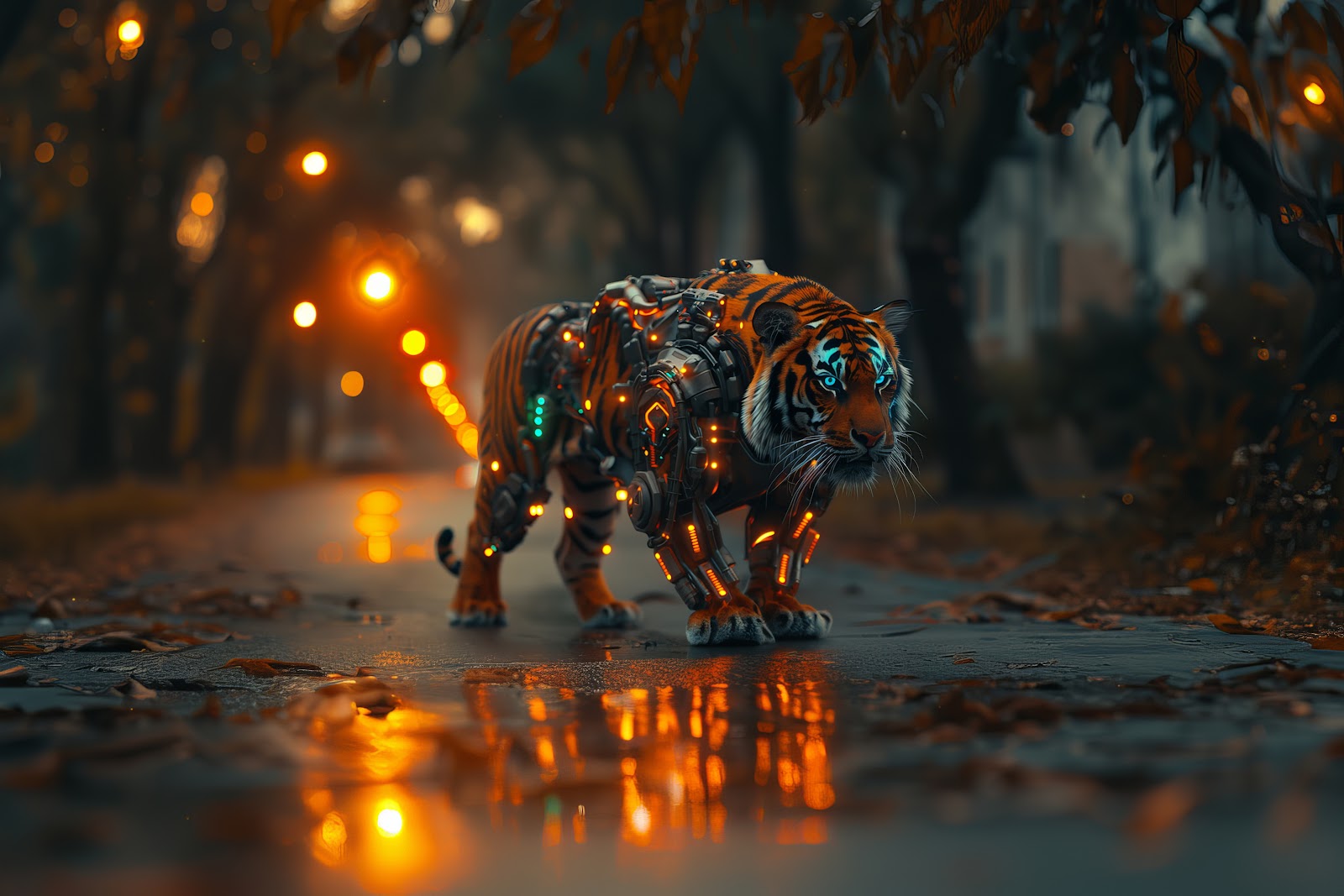
AI’s rise in photography isn’t just a technological marvel—it’s also a disruptor. As AI tools become more advanced, professional photographers face both exciting opportunities and unsettling uncertainties. Will AI enhance creativity or diminish the role of human photographers? Let’s explore the impact.
Job Security: Will AI Replace Photographers?
With AI’s ability to generate high-quality images, the fear of job displacement is real. A wildlife photographer who has spent years mastering their craft and investing in expensive gear may now compete with AI-generated landscapes and animal portraits. Brands that once hired professional photographers for ad campaigns can now create lifelike visuals entirely through AI.
While AI may reduce demand for some photography jobs, it lacks human intuition. Photography is more than capturing scenes—it’s about storytelling, emotion, and perspective. AI can mimic style but can’t feel, anticipate, or infuse true meaning into an image.
AI and Creativity: Tool or Threat?
Is AI a creative partner or a roadblock to artistic expression? The answer is nuanced. Throughout history, photographers have embraced new tools to push boundaries—AI could be another transformative tool that enhances artistic vision. However, some argue that AI’s ability to perfect images instantly might limit the creative process of trial, error, and discovery. AI in photography presents both challenges and opportunities.
Also Read: Stay Ahead With These Product Photography Trends in 2025
What is AI’s Role in Photo Editing?
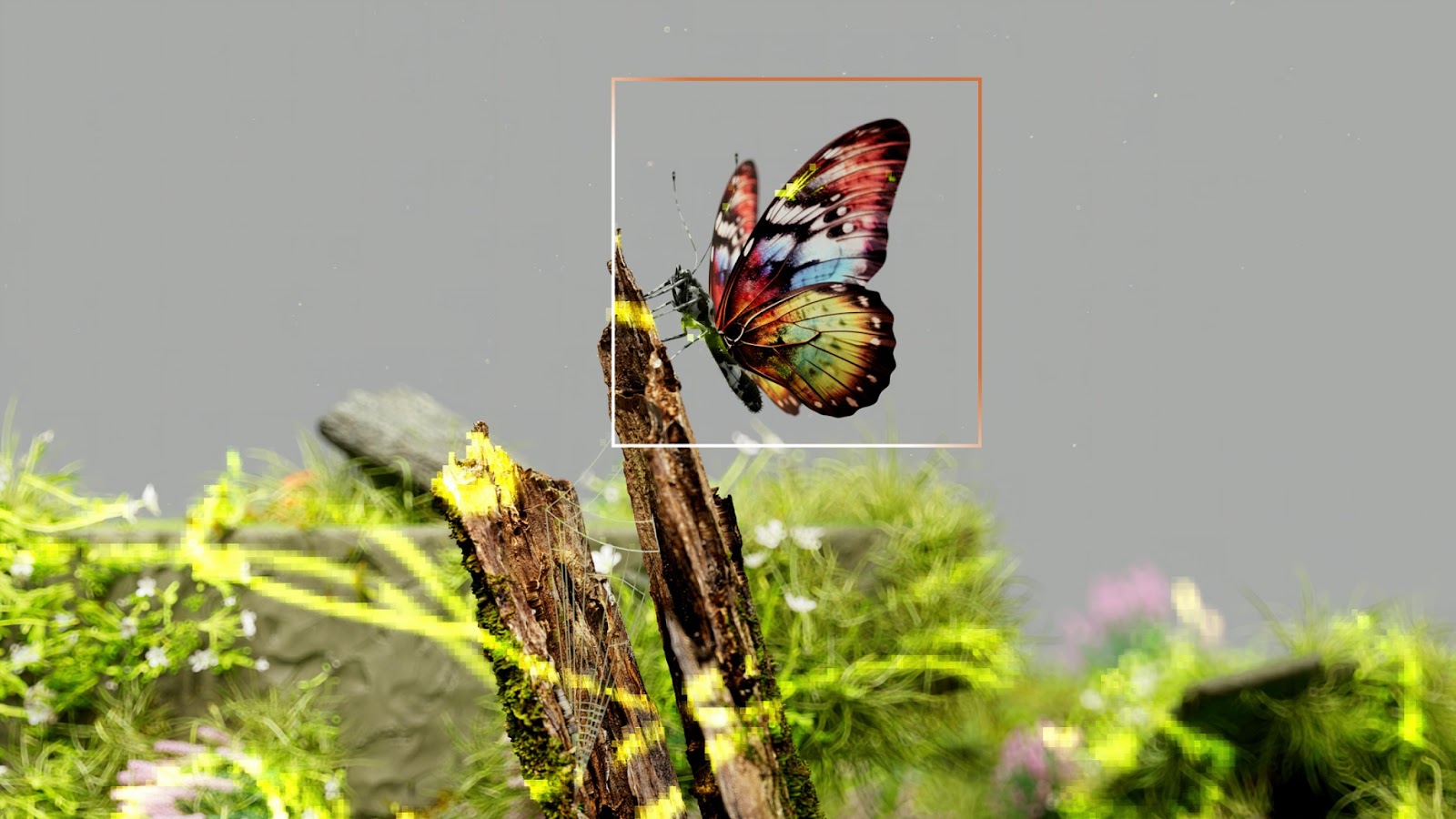
AI isn’t just transforming photography—it’s revolutionizing photo editing, making workflows faster and opening up new creative possibilities. Since post-processing often consumes a significant portion of a photographer’s time, AI tools are stepping in to automate tedious tasks, allowing professionals to focus on creativity rather than manual edits.
AI-Powered Photo Editing Tools
A growing number of AI-driven editing tools are reshaping the industry:
- Adobe Photoshop’s Firefly: Generates entire images based on text prompts, enabling rapid content creation.
- Luminar AI: Automates complex editing tasks like sky replacement, letting photographers craft the perfect scene without waiting for ideal weather.
- Topaz Denoise AI: Reduces noise while preserving fine details, enhancing image clarity in low-light conditions.
- Skylum Photolemur: Applies smart enhancements automatically, streamlining post-production.
These tools don’t just speed up editing; they redefine what’s possible, allowing photographers to achieve polished results in a fraction of the time.
The Pros and Cons of AI in Editing
AI-powered editing tools offer significant advantages, improving workflows and image quality. However, they also raise concerns about artistic control and authenticity, making it crucial to recognize both their benefits and limitations. Let’s look at some of the limitations and benefits of AI below:
Benefits:
- Efficiency Boost: Use of AI automates repetitive tasks, freeing up time for photographers to focus on creativity.
- Cost-Effective: Reduces the need for extensive manual editing or outsourcing to professional retouchers which would have cost a lot of money.
- Enhanced Image Quality – AI-powered tools refine details, correct imperfections, and elevate overall aesthetics with minimal effort.
Limitations:
- Reduced Creative Control: AI makes decisions based on learned data, which may not always align with a photographer’s artistic vision.
- Blurring the Line Between Real & AI-Generated: As AI editing becomes more sophisticated, distinguishing between real and AI-enhanced images becomes increasingly difficult.
- Overdependence on Automation: Relying too heavily on AI tools could lead to a decline in essential manual editing skills.
While AI editing offers powerful advantages, photographers must strike a balance—leveraging automation for efficiency while preserving their unique artistic touch.
Market Saturation and Competition
AI is reshaping photography, flooding the market with high-quality images and intensifying competition. While brands may opt for AI-generated content over professional photographers, this shift isn’t purely negative. Rather than replacing photographers, AI can serve as a powerful tool for creative expansion.
By embracing AI, photographers can overcome technical constraints, experiment with new styles, and blend human artistry with AI-driven innovation. This fusion could lead to unique hybrid artwork and fresh opportunities for artistic expression in the industry.
The Dark Side of AI in Photography
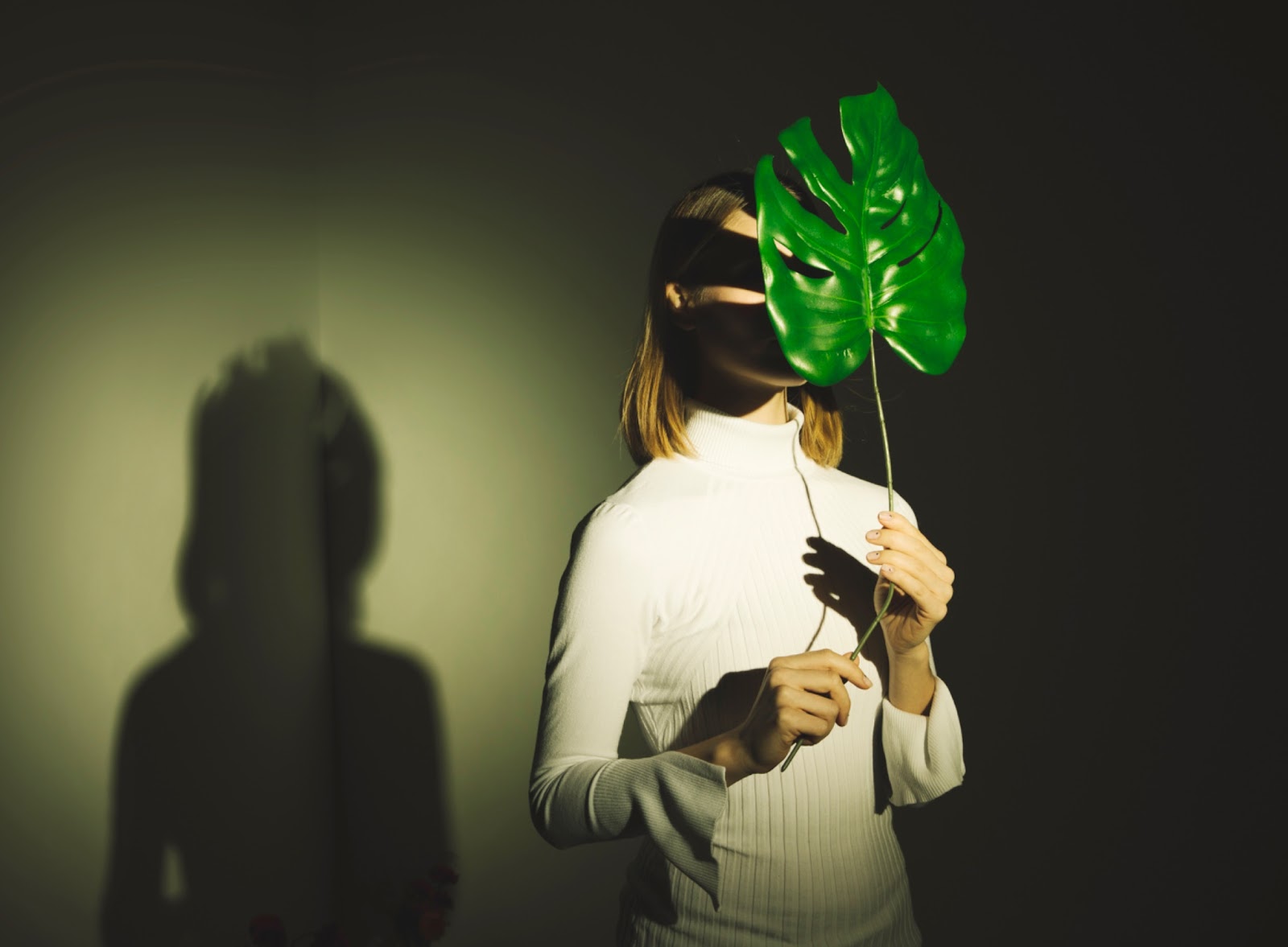
While AI’s advances in photography bring exciting opportunities, they also raise serious concerns, including privacy violations, misuse of technology, and copyright complexities. As AI becomes more integrated into photography, it’s essential to consider both its potential risks and rewards.
Privacy Concerns
AI relies on vast datasets, sometimes using personal or copyrighted images without consent. Photographers’ work could be used without acknowledgement, risking privacy breaches. As AI grows, clear data usage guidelines are necessary to protect creators’ rights.
Misuse of AI Technology
The ability to create photorealistic AI images opens the door for manipulation, such as generating fake news. These images could distort the truth, harm reputations, and fuel misinformation. As AI-generated content becomes harder to detect, combating deceptive visuals will be an ongoing challenge.
Copyright Protection and Ownership
With the development of AI, the question of copyright becomes unclear. In the U.S., works generated entirely by AI, with no human input, aren’t eligible for copyright protection. A federal court in Washington, D.C., affirmed that AI-created works cannot be copyrighted, leaving them open to misuse.
As AI tools advance and become more accessible, concerns about intellectual property theft rise. To protect artists’ rights, copyright laws must evolve to address AI-generated content and establish clear ownership. Balancing AI’s creative potential with legal safeguards will be essential as the photography industry adapts to this new landscape.
Transform Your Creativity with FlixStudio: Where AI Meets Fashion Excellence!
Unlock the future of photography and fashion with FlixStudio! Whether you’re a photographer, brand, or stylist, FlixStudio combines the power of AI with expert creative insight to elevate your projects. From AI-driven model screenings to styling recommendations that take your shoots to the next level, we make sure every detail is flawless. Our DIY Look Creator and team of top-tier fashion stylists empower you to bring your vision to life with complete creative control. Simplify your process, amplify your results, and let FlixStudio help you create stunning visuals every time.
Conclusion
AI is revolutionizing visual arts, reshaping how images are captured, processed, and perceived. No longer a distant possibility, it’s an evolving reality. However, the human touch in photography—its storytelling and emotional depth—remains irreplaceable. While AI can replicate certain aspects, it cannot truly imbibe the essence of artistic expression. As we navigate this fusion of technology and creativity, it’s essential to harness AI’s potential while preserving the soul of photography.
Frequently Asked Questions
Will AI replace human photographers?
While AI can automate tasks and even generate visually pleasing images with image generators, it lacks the human connection, the emotion, and the storytelling ability inherent in photography. Thus, generative AI is more likely to complement human photographers rather than replace them.
Can AI-generated images be considered art?
Whether images created by AI generators are considered art depends on one’s definition of art. If art requires solely human creativity and interpretation, then AI creations might not align with this definition. However, if art’s boundaries expand to include machine-created visuals, then yes, they could be considered art.
How can photographers adapt to the growth of AI in the industry?
Photographers can adapt by familiarizing themselves with this new technology and incorporating them into their workflow. They can also explore hybrid art forms that combine AI and human creativity, helping to distinguish their work in an increasingly digitized industry.
Are there any legal issues surrounding AI-generated content?
Yes, complications arise regarding data privacy and copyright laws. Current legal systems are not fully equipped to handle such issues, causing ambiguities. Hence, updated copyright laws and regulations need to be formulated to address the complexities surrounding AI-generated content.

